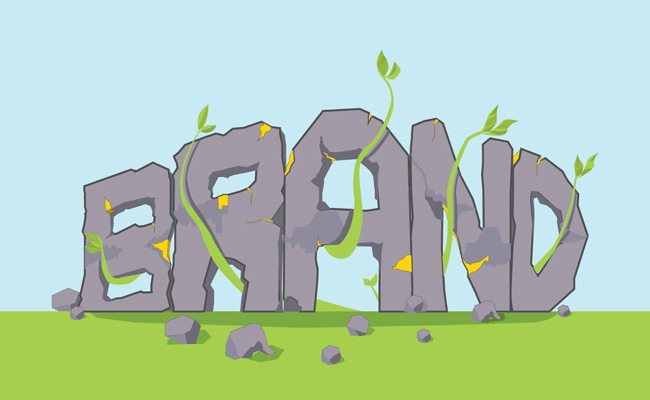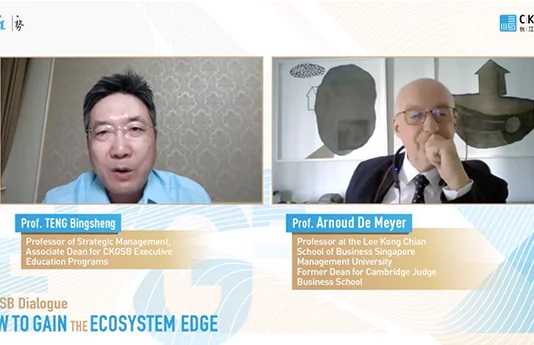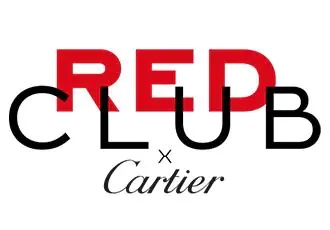Brands have lifecycles and as they lose their relevance, they fall by the wayside. What really goes into reviving a brand and keeping it fresh?
Every year, tired old brands are shoved aside by fresh new ones that catch the public’s fancy. Later, all but a few of those brands will be replaced by yet another generation of brands.
For much of the last century, that was the natural order of marketing. But now that’s changing: the cycle is getting faster. A 2013 Deloitte study found that brand loyalty had declined for 350 major consumer products in the US for three years running—and 88% of consumers surveyed felt that private label brands were just as good as iconic national brands. In fact, most brands may be vulnerable: in 2011, a Havas Media survey of 50,000 consumers in 14 countries said they wouldn’t care if 70% of the brands they use disappeared tomorrow.
A big part of the problem, marketers say, is that the old rinse-lather-repeat model of soaking people in repetitive messages doesn’t work as well as it once did. Marketers have a wider variety of channels they can use to communicate to consumers than ever—including a number in which the audience has the ability to talk back.
“The pace of change currently is so intense that brands must work harder than ever to keep relevant to consumers, and to stay competitive versus the alternative offers that are available and emerging,” says Andy Bird, CEO of Brand Learning, a London-headquartered marketing consultancy.
Responses to the competition vary, but many brand managers lose their way by either doing too little or two much. “Lots of brands are just stuck,” says Grant McCracken, a scholar at the Berkman Center for Internet & Society at Harvard University. “Other are changeable to the point that they are flighty, unstable and eventually unrecognizable.”
A successful marketing manager of a mature brand must balance between these two extremes. McCracken likens the challenge to sailing a ship. “There must be ballast that remains constant, baggage the changes with each voyage, big sails that change often, and little sails that are always changing.”
One of the few companies comes close to making such shifts gracefully, in McCracken’s view is Google, in the way it changes the logo on its home page every day while maintaining its familiar shape and underlying functionality.
Bird also sees revitalizing a brand as a somewhat delicate process. “You need to bring imagination and creativity to revitalize the brand and rethink it, grounding what you do in the roots of the brand and what made it successful and finding new ways to play that out,” he says.
One key, Bird says, is thinking too much about the present target market and not enough on where that market may be heading. “The other big mistake that brand mangers make, is paying insufficient attention to the importance of leading the whole organization cross functionally to deliver the customer experience across all the touch points that the company can use,” he adds. “Really, if they are going to align the whole business around creating value, everybody has to be involved.”
Stephen Brown, a professor of market research at the University of Ulster, also sees brand management in nautical terms, if for different reasons. Brands fade in part because in business school, managers “have the idea drummed into them that brands must be clear, concise, consist, coherent and consistent, which gives rise to ossification and a reluctance to change,” he writes in an email. “Brands are always a bit behind the curve of consumer behavior (despite all the research they do), and when behavior changes rapidly on account of macro social, cultural, economic or technological developments, brands can falter and lose touch. Many are a bit like supertankers—hard to turn, difficult to stop, etc.”
Jagdish Sheth, a professor of marketing at Emory University’s Goizueta Business School in Atlanta and author of Winning Back Your Market, also blames brand death mostly on brand managers. “Brands don’t plateau, brand managers plateau,” he says.
Other times, brands don’t fall out of favor accidentally—they’re pushed. Sheth says that an older brand may be doing fine, but impatient brand managers just won’t leave well enough alone. “It’s doing quite well but then they fool around and in the process, they destroy the equity,” he says.
Although regaining visibility may take some time, brands can sometimes be brought back. One useful gambit is to look for new markets that can leverage the product in a different way, Sheth says. Arm & Hammer baking soda, for instance, which was initially marketed as an ingredient for home baking, became a refrigerator deodorizer, and most recently, because it’s a mild abrasive, reborn as a successful line of toothpaste.
Smart brand managers are also finding that adding idealism is another way to revitalize a tired brand. In the past, says Bird, people tended to think largely about the rational and emotional benefits a brand brought to consumers. That’s still relevant, he says, but now, many have added another layer, a “level of ideals and purpose, so the brands have a meaning beyond just the specific functional service they provide,” Bird adds.
The breakdown of belief in religion and institutions has people looking harder to find meaning in life, Bird says. “It’s not that companies didn’t have a sense of purpose before, but I think it’s become more important to successful branding.”
These days, smart brand managers are asking themselves, “What role can this brand play in the world to really make a difference?” Bird says. The marketing for Pampers disposable diapers, for instance, once revolved around dryness creating happy babies. Now, P&G focuses the brand on the more general proposition of helping mothers care for their babies’ and toddlers’ happy, healthy development. These days, Unilever marketers often say that consumers need a product to buy and an idea to buy into, according to Bird.
As an example, Unilever’s Lifebuoy soap was another declining brand of relatively little interest in the company’s portfolio. However, the brand experienced a resurgence in India once it saw a higher-level purpose for itself in reducing the deaths of children under five through better hygiene. “Not only does it provide a very compelling purpose with which to engage consumers on a mass basis, but it’s incredibly inspiring for people who work on the brand,” Bird explains.
The key, Bird says, is that the higher aim has to be grounded in the product: washing hands with soap really does reduce their risk of diarrhea. By contrast, Pepsi Cola’s Refresh Project supporting urban revitalization in the US didn’t really have much connection with soft drinks, and didn’t really help the business. “There needs to be a win-win between providing something that is of social value but at the same time that drives the commercial performance,” he explains.
But perhaps the ultimate challenge marketers face today is that social media is giving brand managers much less control over the brand than they once did. “In the world of social media, people own the brand and they control many of those touch points,” says Bird.
This has added a new challenge for marketers, according to Bird. Although most brand managers always believed the consumer owns the brand– it’s the consumer’s memory the brand resides in, after all – these days, consumers can actually do something about it.
One case in point: the fall and rise of SURGE, a brand of bright green soda pop with a logo like a monster movie title launched by the Coca-Cola Company in 1996 and discontinued in the early 2000s.
In earlier times, that would have been the end for the citrus soda, but in late 2011, three die-hard SURGE fans began a campaign to bring SURGE back. Through crowd-funding and social media, the thirsty fans bought a billboard on the road to Coke headquarters (“Dear Coke, We couldn’t buy SURGE so we bought this billboard instead..”), created their own SURGE YouTube commercials, organized a telephone campaign to flood Coke’s consumer affairs hotline, and sent Coke executives Christmas cards asking for the company to bring back their late soft drink, according to a 2014 Coca-Cola newsletter.
Eventually, 148,000 Facebook fans joined their campaign, and in fall 2014, Coca-Cola agreed to start making SURGE again. As of May 10, the number of likes had grown to 222,000. Now the campaigners are working with Coke on a test run to make the drink available not just by mail order through Amazon but in supermarkets all over the US.
For previous articles in the Brave Old World Series, please click here.




















